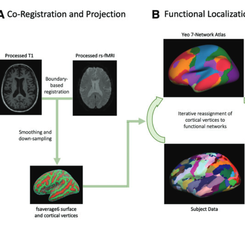
Different parts of the brain are connected. They form networks to accomplish different cognitive tasks. This paper looked at how amyloid beta, a protein that forms in the brain during AD, impacts different brain networks.
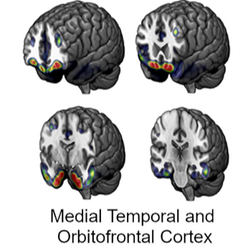
Our sense of smell changes as we age. This paper looks at the relationship between gray matter volume in certain brain areas associated with smell and smell itself, as well as possibly related cognitive decline.
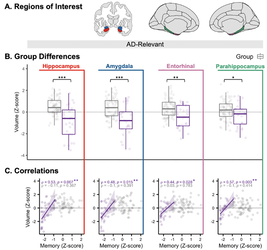
This study looked at a free, open source tool called NOMIS. This tool helps normalize certain brain measures in order to more easily compare these measures between individuals. NOMIS was validated as a tool for this purpose by the results of the paper.
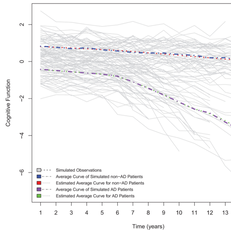
A "change point" is the time when a person's cognition, or brain function, begins to decline. Understanding these change points is crucial to addressing Alzheimer's Disease appropriate.This paper proposes a method to determine this change point in order to treat cognitive decline effectively.

This study compares Actuarial Neuropsychological Criteria (ANP) and Conventional Neuropsychological Criteria (CNP). These tools help doctors decide if a patient is cognitive impaired or not. ANP and CNP are both useful tools, though ANP returns less false positives.
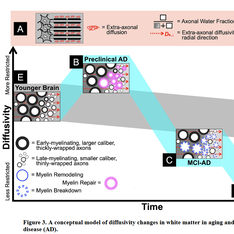
Knowing when AD-induced changes in the brain begin is important because early treatment is very helpful in managing the disease. This paper shows that there may be some changes in the brain before symptoms even begin that can be detected by MRI. Inflammation in the brain due to helper cells can be seen in MRI.